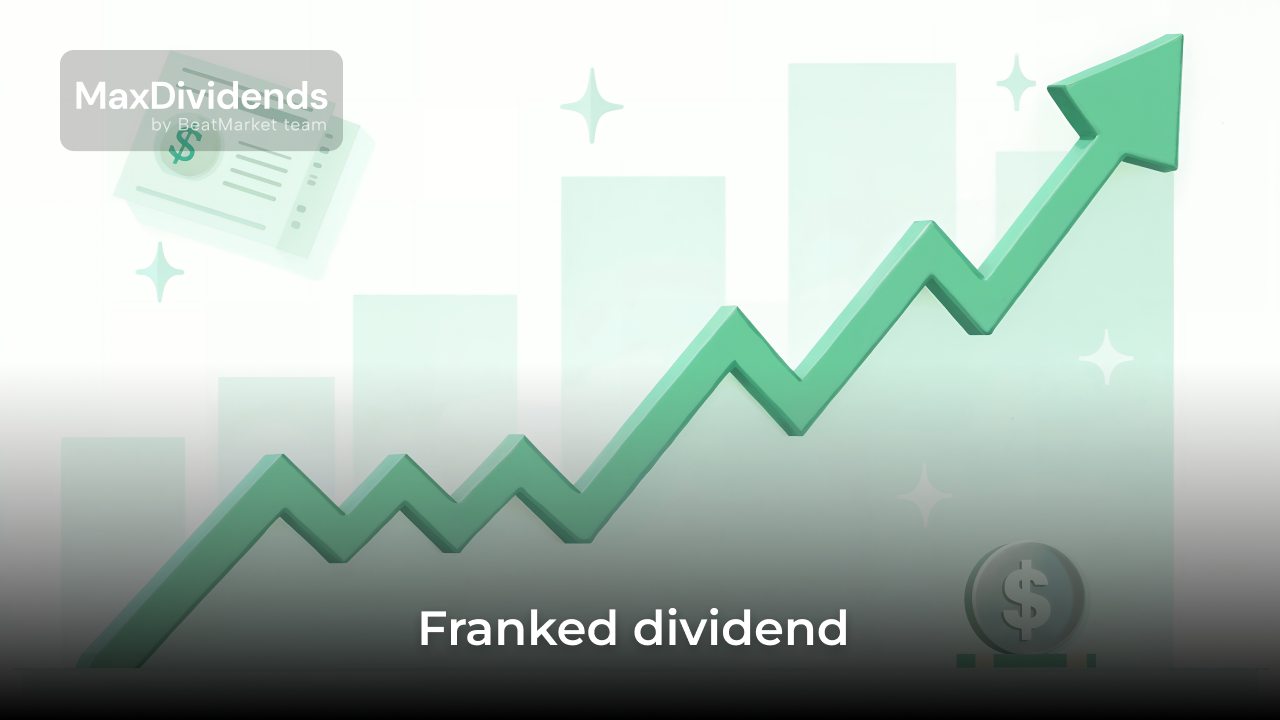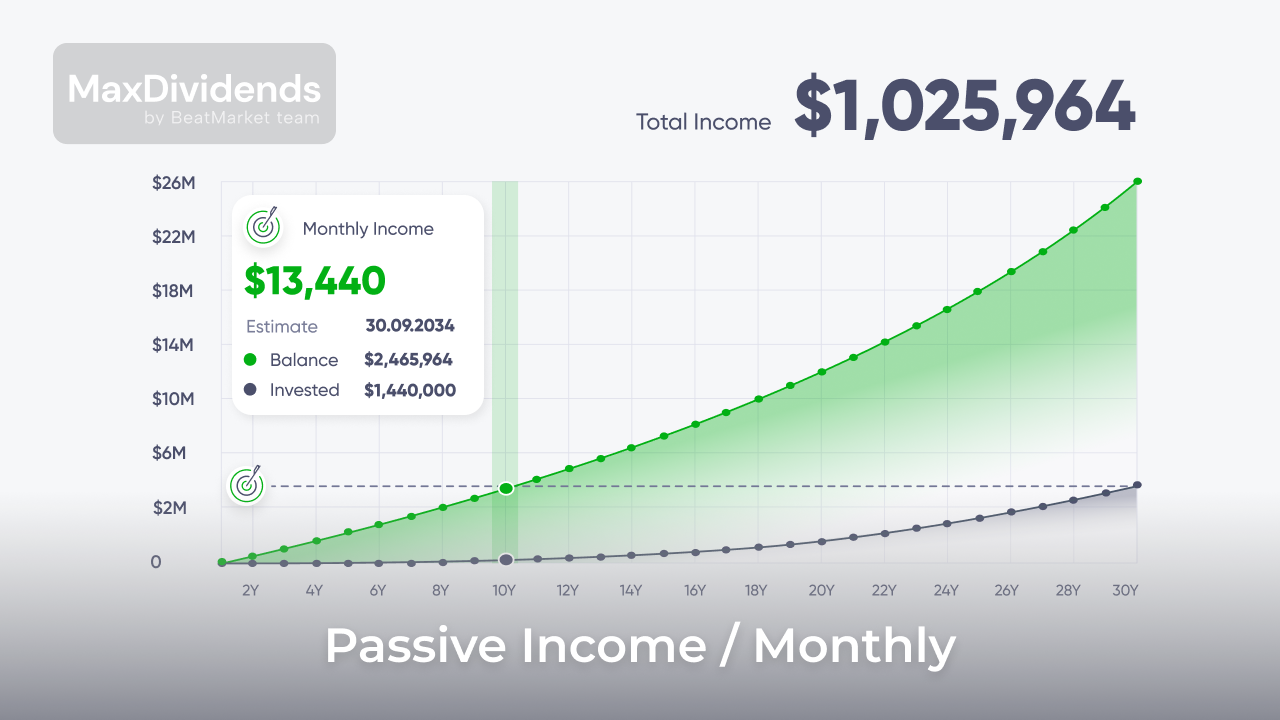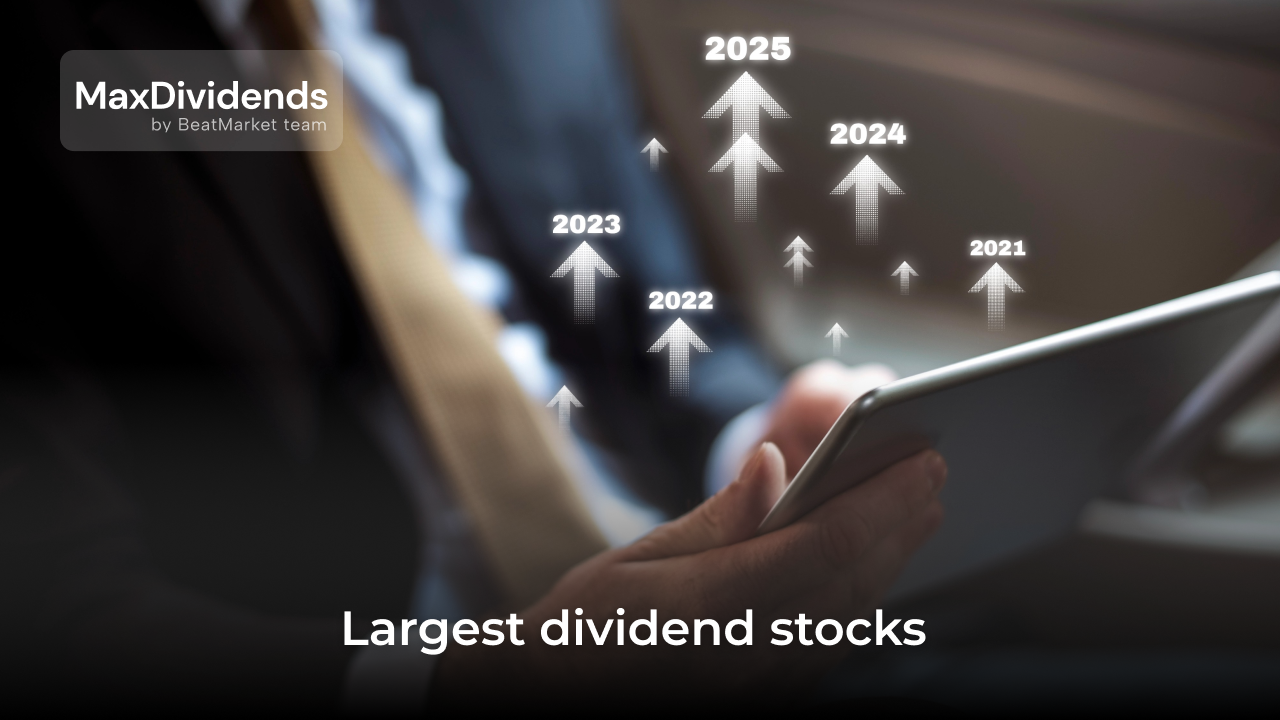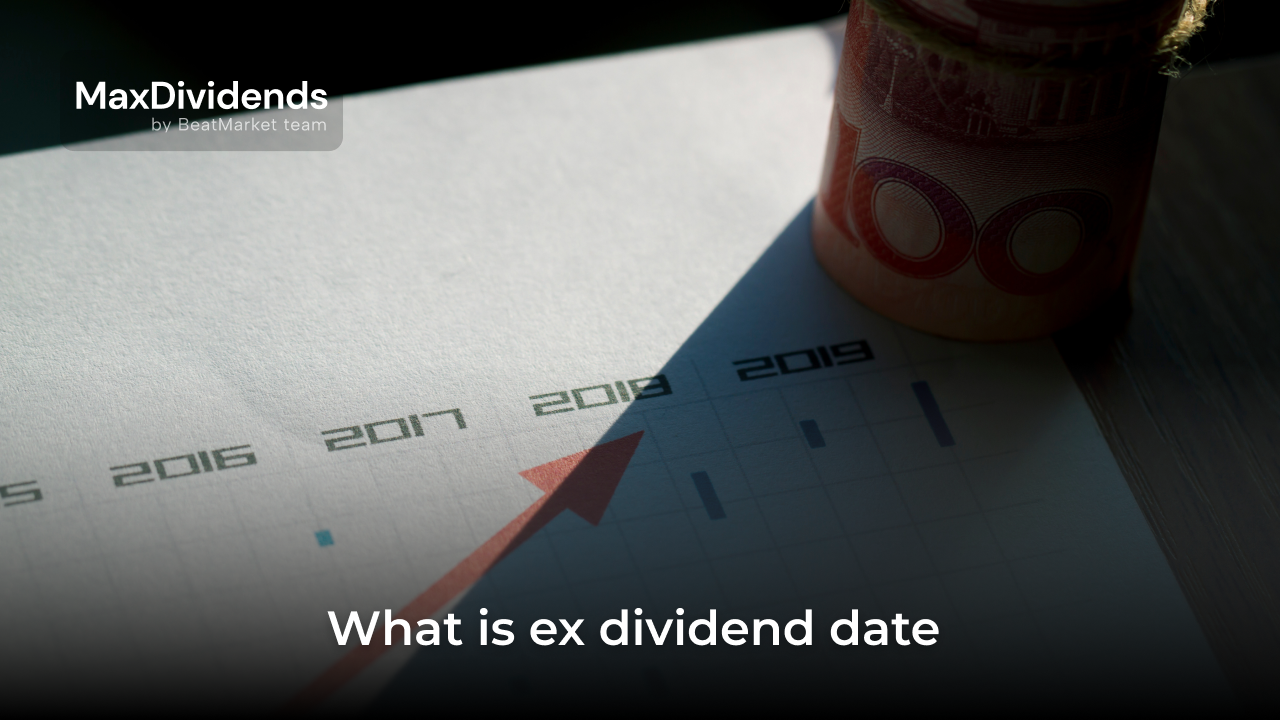Different multipliers are required in order to make a quick comparison of several companies according to a certain criterion. The equity multiplier formula has only 2 parameters. The purpose of this multiplier is to assess the credit risk of the issuer. It is also used in Dupont analysis when calculating the return on investment (ROE).
Table of Contents
Equity Multiplier Definition
A company’s equity multiplier, or financial leverage ratio, is a parameter that indicates the extent to which the business relies on equity financing and on debt capital.
This multiplier helps to understand how indebted a company is. It is used to assess the riskiness of investing in a business and its financial strength.
When calculating the equity multiplier, one needs to know the total value of a company’s assets and the amount of its total shareholders’ equity. This indicator gives an indication of the ratio of assets raised from shareholders’ funds to those acquired through debt financing.
Equity Multiplier Formula
The equity multiplier formula is as follows.
The amount of a company’s shareholders’ equity and the total value of all its assets can be found in the balance sheet. Any issuer whose stocks are publicly traded is obliged to publish this information.
Explanation of Equity Multiplier Formula
There are nuances to be aware of in order to find the correct data for calculating equity multiplier.
The company’s total assets, shown in the numerator of the equity multiplier formula, are understood to be the total value of the 2 summands:
- current assets, i.e. those assets with a useful life of one year or less (these are inventories held by the company, receivables, cash and cash equivalents, etc.);
- non-current assets are those items kept on the balance sheet and which last for years (buildings, furniture, etc.).
Companies can issue two types of stocks – ordinary stocks and preferred stocks. In calculating the equity multiplier, only the equity attributable to ordinary stock is taken into account.
Preferred stocks are not included in the equity multiplier formula because they represent fixed liabilities of the company.
How to find Equity Multiplier?
A condensed consolidated balance sheet can be used to find the values of the parameters that are used in the equity multiplier formula.
Two indicators are required for the calculation. The first one (Total assets) is presented in the last row under the Assets section.
Apple Inc.
CONDENSED CONSOLIDATED BALANCE SHEETS (Unaudited)
(In millions, except number of shares which are reflected in thousands and par value)
| December 31, 2022 | September 24, 2022 | |
| ASSETS: | ||
| Current assets: | ||
| Cash and cash equivalents | $ 20,535 | $ 23,646 |
| Marketable securities | 30,820 | 24,658 |
| Accounts receivable, net | 23,752 | 28,184 |
| Inventories | 6,820 | 4,946 |
| Vendor non-trade receivables | 30,428 | 32,748 |
| Other current assets | 16,422 | 21,223 |
| Total current assets | 128,777 | 135,405 |
| Non-current assets: | ||
| Marketable securities | 114,095 | 120,805 |
| Property, plant and equipment, net | 42,951 | 42,117 |
| Other non-current assets 60,924 54,428 Total non-current assets 217,970 217,350 Total assets $ 346,747 $ 352,755 | 60,924 | 54,428 |
| Total non-current assets | 217,970 | 217,350 |
Total assets | $ 346,747 | $ 352,755 |
The second (Total shareholders’ equity) is shown under the Liabilities and shareholders’ equity section in the last but one line.
LIABILITIES AND SHAREHOLDERS’ EQUITY:
| Current liabilities: | ||
| Accounts payable | $ 57,918 | $ 64,115 |
| Other current liabilities | 59,893 | 60,845 |
| Deferred revenue | 7,992 | 7,912 |
| Commercial paper | 1,743 | 9,982 |
| Term debt | 9,740 | 11,128 |
| Total current liabilities | 137,286 | 153,982 |
| Non-current liabilities: | ||
| Term debt | 99,627 | 98,959 |
| Other non-current liabilities | 53,107 | 49,142 |
| Total non-current liabilities | 152,734 | 148,101 |
| Total liabilities | 290,020 | 302,083 |
| Commitments and contingencies | ||
| Shareholders’ equity: | ||
| Common stock and additional paid-in capital, $0.00001 par value: 50,400,000 shares authorized; 15,842,407 and 15,943,425 shares issued and outstanding, respectively | 66,399 | 64,849 |
| Retained earnings/(Accumulated deficit) | 3,240 | (3,068) |
| Accumulated other comprehensive income/(loss) | (12,912) | (11,109) |
| Total shareholders’ equity | 56,727 | 50,672 |
| Total liabilities and shareholders’ equity | $ 346,747 | $ 352,755 |
How to calculate it in Excel (With Excel Template)
Excel calculates the equity multiplier by just providing 2 figures and a simple formula. Suppose a company has total assets of $1 million and its equity is $250,000.
Then the leverage calculation in Excel would look like this.
3-Step DuPont Analysis Formula
This is a method for assessing the financial attractiveness of a business developed by DuPont. The essence of the three-step formula is to decompose the return on equity multiplier into 3 components. This allows you to understand which of the factors led to its change, whether it is due to financial leverage.
The essence of the ROE multiplier is that it indicates how much net income a company generates for its stockholders per dollar invested. In Dupont’s interpretation, the formula for calculating this indicator is the product of the following parameters:
- net profit margin;
- asset turnover ratio;
- financial leverage or equity multiplier (total assets divided by total equity).
When calculating ROE using this formula, we need information about the company’s revenues and net income. These data are determined only for a certain period of time (quarter, year). Equity and the value of assets are balance sheet figures, relevant only at the current moment and can change quickly.
To bring these parameters in line with each other, we take the average value of the equity multiplier for the period for which the net income and revenue are calculated.
The Dupont formula is used to calculate ROE for at least 2 periods to get information on how the return on equity is changing and to track what has affected it.
Why should an investor depend on DuPont analysis after looking through multiplier?
The multiplier alone will never tell an investor whether to invest in a company’s stocks or not. An increase in equity multiplier alone cannot be seen as negative, but a decrease in equity multiplier can be seen as positive.
Several factors including leverage need to be taken into account to make an informed investment decision.
H3 Extension to Dupont Analysis
From an investor’s perspective, the more reliable companies will be those that provide an increase in return on equity through higher net income margins and asset turnover.
An increase in ROE is generally considered positive. But when it comes solely from increasing a company’s financial leverage, this can be a dangerous sign.
Dupont analysis provides a broader view than a single multiplier, revealing more about what factor drove ROE growth and assessing the riskiness of investing in the company.
What does the equity multiplier tell us
There is no equity multiplier that can be considered ideal. The only way to assess whether it is high or low is to look at the industry and compare it with similar sized business competitors.
In general, numbers in the range of 0.8 to 1.5 are considered safe leverage. But there are industries that allow for much higher equity multipliers (10 and above).
Both low and high equity multipliers have their positive and negative sides.
| Low EM | High EM | |
| Positive sides | The company’s higher resilience in times of crisis.Lower debt service costs | High levels of indebtedness lead to a higher risk of bankruptcy in the case of declining profits.High debt service costs |
| Negative sides | Slow business development.Company’s unattractiveness for lenders | An indirect sign that the company has access to favourable financing.Management’s focus on rapid business development |
Investors prefer companies with low or gradually declining equity multipliers. Yet the high financial leverage of an interested issuer has no reason to be reluctant to buy its stocks.
The higher the leverage, the greater the risk of default. But the final decision to invest requires an examination of the debt structure and the cost to the company.
Calculating the Debt Ratio Using the Equity Multiplier
The debt ratio shows the proportion of a company’s assets that are financed by credit obligations. It is usually calculated as the ratio of a company’s debt to its total assets.
But it can be calculated on the basis of the equity multiplier. This can be calculated using the following formula.
The Relationship between ROE (Return On Equity) and EM (Equity Multiplier)
DuPont’s return on equity formula (ROE) shows that there is a direct correlation between a company’s return on equity and its leverage.
The more leverage a company has, the greater the return to stockholders on each dollar invested. That is, a high equity multiplier ( compared to competitors) indicates that a business is able to earn more with less.
But it should be remembered that the price for this advantage is increased credit risk for the issuer and low company’s growth prospects. The latter is due to the fact that the business has already taken advantage of expansion opportunities through borrowing. In the near term, it is likely to devote most of its profits to debt service, rather than to capital expenditure.
Leverage Analysis
The amount of the company’s leverage is important for both the investor and the lenders.
A high equity multiplier shows that most of the assets are financed by debt and actually belong to the lenders, rather than to the owners of the business. An increase in EM multiplier makes it increasingly difficult for a company to raise new loans.
In the event of a crisis, a heavily indebted business runs the risk of losing the ability to service debt and run operations due to declining profits. With no chance of raising additional debt to finance it, the company will be forced to declare bankruptcy.
Therefore a low equity multiplier is preferable. It shows that the company’s cash flow is sufficient to service its needs and maintain operations. And in case of business problems, such a company has a better chance of raising loans.
Equity Multiplier Examples by sectors
Below are some tables providing examples of real company equity multiplier values by sector.
The values of this financial ratio are taken at the time of writing (end of June 2023) for the last 12 months from finbox.com.
Automobile manufacturers example:
| Company | Value of the EM multiplier |
| Ford Motor | 5,8x |
| Tesla | 1,9x |
| Gentex Corporation | 1,1х |
| General Motors | 3,9х |
| Honda Motor Co | 2,2х |
Gentex Corporation has the lowest equity multiplier and Ford Motor ranks highest.
Internet and content companies, cloud solutions providers example:
| Company | Value of the EM multiplier |
| Meta Platforms | 1,4х |
| Netflix Inc | 2,4х |
| Alphabet | 1,4х |
| GoDaddy | -16,9х |
| Baidu | 1,8х |
Meta Platforms and Alphabet are the most attractive investments in terms of debt-to-equity ratio.
The most risky investment would be in GoDaddy. Negative EM multiplier is due to negative equity. This is a sign of an acute shortage of equity, resulting from losses and a high risk of bankruptcy.
Investment banking:
| Company | Value of the EM multiplier |
| Bank of America | 13,1х |
| Citigroup Inc | 13,2х |
| Barclays PLC | 22,0х |
| JPMorgan Chase | 14,6х |
| Wells Fargo & Company | 11,9х |
The table demonstrates how the banking sector is characterized by a very high equity multiplier compared to other sectors. Wells Fargo & Company has the lowest value and Barclays PLC has the highest one.
Pros and Cons of Equity Multiplier
The equity multiplier has several advantages that make it useful for investors. However, it is also subject to disadvantages. The table below lists the main features of this method of company valuation.
| Advantages | Disadvantages |
| Simple calculation | The current equity multiplier ratio is only relevant for a short period of time. In order to get a better picture, you should calculate the average for a quarter or a year and compare the dynamics of the multiplier over several periods |
| Opportunity to get a quick idea of how indebted the company is | EM is not affected by the cost of debt. Even with higher EM, a company that lends at low interest rates may be more attractive than one that is only able to attract expensive loans |
| A convenient way to quickly compare the financial leverage of several companies, including those of different business sizes | EM does not take into account the quality of a company’s assets or its debt structure |
Significance and Use of Equity Multiplier Formula
On its own, the equity multiplier formula is used to assess the financial strength of a company. It also allows a quick but superficial comparison of several competitors in terms of financial leverage.
Equity multiplier formula can be extended as part of a Dupont analysis. In this approach, this indicator is used as one of the multipliers for calculating ROE.
Conclusion
The equity multiplier formula looks like the ratio of a company’s total assets to its total shareholders’ equity. Based on this indicator, it is possible to assess whether the business is heavily reliant on debt or relies predominantly on its own profits.
Similar to all multiples, EM serves as a quick but shallow company valuation. Monitoring the dynamics of the multiplier and examining the debt structure is necessary to get more complete information.
It is also used as part of Dupont’s analysis in assessing ROE. If ROE increases solely due to an increase in EM, this is a warning sign.
FAQ
What is a good equity multiplier ratio?
There is no one-size-fits-all equity multiplier that would be considered good for any company. The optimal value would be an industry average or lower.
What does it mean if the equity multiplier is negative?
It means that the company’s equity has become negative. It usually happens when a company is operating at a loss.
Should equity multiplier be high or low?
It is believed that the lower the ratio of a company’s asset value to its equity capital, the better. Yet an investor should also be wary of values drastically below the average level typical of competitors. The company may be operating inefficiently, missing out on the opportunities that credit enhancement offers.
What is a good leverage ratio?
A level above 0 and below 1.5 is considered safe in terms of credit risk. But most sustainable companies have a much higher equity multiplier. And in certain industries, such as banking, the average level is 10-15.
What is an equity multiplier formula using ROA and ROE?
If an investor knows the value of ROE and ROA multipliers, then the equity multiplier calculation is possible. This is done by dividing the first figure by the second.
This equity multiplier formula is derived from the two-factor Dupont equation, according to which the return on equity is defined as the product of the return on assets and the financial leverage (equity multiplier).
Is a negative equity multiplier good?
No, a negative value of this multiplier is an indirect sign that the company is unprofitable.
Is a high equity multiplier good?
No, the higher the equity multiplier value, the higher the company’s level of indebtedness. Most likely, such a business spends large sums on debt servicing and will face the inability to meet its financial obligations in case of a decline in profits.






